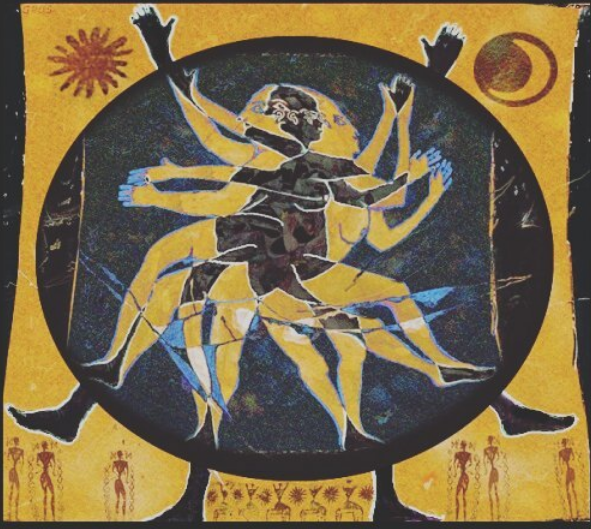The Belgian writer Suzanne Lilar: A Feminist’s Quest for Unity
Purple was her favourite colour. A symbol of restraint, discreetly evoking the mélange of fervid red and soothing blue. This quest for unity, the attainment of Plato’s harmonious intermingling of dissonant parts, is what defined both her work and life.
Suzanne Lilar was born on 21 May 1901 in Ghent, the Flemish city in northwestern Belgium. Although her education was predominantly in French, she created an aura of mysticism around Flemish. The depths of the soul, euphoria, God, love, all these she explored passionately by delving into the poetry of Hadewijch, a 13th-century mystic from Brabant. In Soixante ans de théâtre belge, an essay published in 1952, Suzanne Lilar calls for a revival of the Flemish cultural heritage, characterized by idealism, sensuality, and a shrewd observation of individual feelings. The same year, she also becomes a member of the Royal Academy of French Language and Literature, which further highlights her ethnic duality.

A feminist at heart, Lilar was the first woman to practice law in Antwerp in 1926. The emancipation of women is a recurrent topic in her writing, albeit without radicalism lurking within. In Le Couple (1963), she ponders conjugal love and the status of women. To her, eros is not simply passion, which is the lowest rank, but an endeavour towards completeness, une tentative d’atteindre l’absolu. Love is a sacral union. In comparison to Simone de Beauvoir, who deconstructs patriarchy and rejects the idea of a « feminine nature » —One is not born but becomes woman— Suzanne Lilar defends the female body, and marriage and motherhood if they are freely chosen.
Domesticity remains a form of oppression for de Beauvoir either way because a woman will always be seen as the Other, as an object. In Le Malentendu du Deuxième Sexe (1969), a critical analysis of de Beauvoir‘s Le Deuxième Sexe (written twenty years earlier), Lilar accuses her of misogyny. Her main objection is that the French thinker alienates women from their own uniqueness.
It is the myth of Androgyne that permeates Lilar‘s view of the dynamics of love, and underpins gender equality. Androgyne, a being with female and male traits, first appeared in Plato‘s The Symposium. As punishment for defying the will of gods, Zeus split these humans in two, and ever since, they long to reconnect with their other half. Two souls rejoicing in a primordial reunion. In Lilar‘s quest for unity, even Don Juan is being partially humanized (Le Burlador, 1945).

Lilar‘s disdain for conflict is flushed out in À Propos de Sartre et de l‘Amour (1967), directed at the existentialist‘s theory of love as struggle. According to Jean-Paul Sartre, love is a collision of desires to own the other that endangers our freedom, the highest value of all. There is always the fear that romance or the lust for possession will disappear, and this renders love vulnerable. Lilar‘s lover, on the other side, jumps into the unknown as a way of transcending the ego.
A surrealist view of the self, piles of images scattered around, might not have been to the liking of the Belgian writer, but she nonetheless attracted the admiration of the father of Surrealism André Breton, with Journal de l’analogiste (1954), a meditation on poetry and its power to convey beauty.

In her apartment at Sablon, a chic neighbourhood in Brussels, carnival masks in pastel colours watch her closely from the paintings hanging on the wall. Asked about their symbolism, she said that they are imbued with magical protective powers. They are part of life, where fantasy and reality intertwine. The kind of duality she enjoyed transcending.



